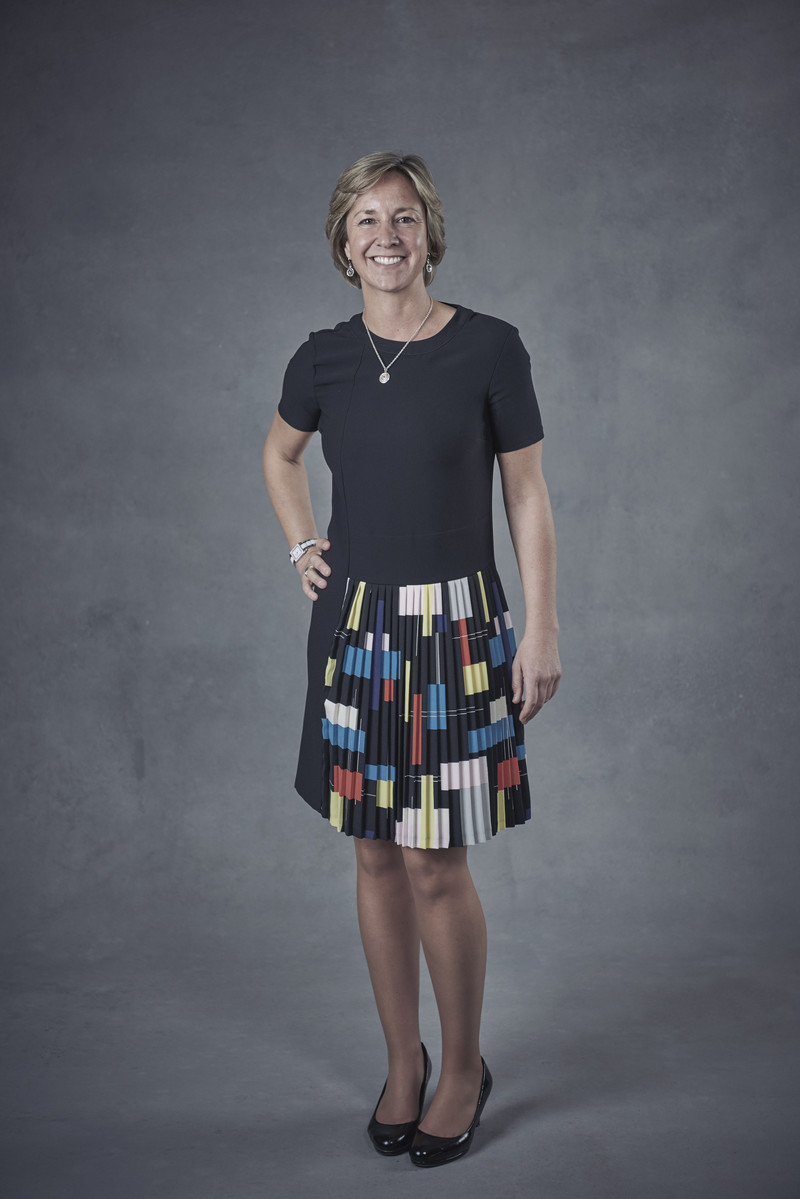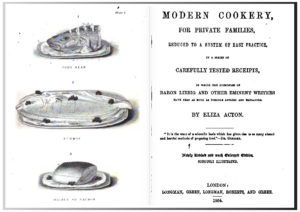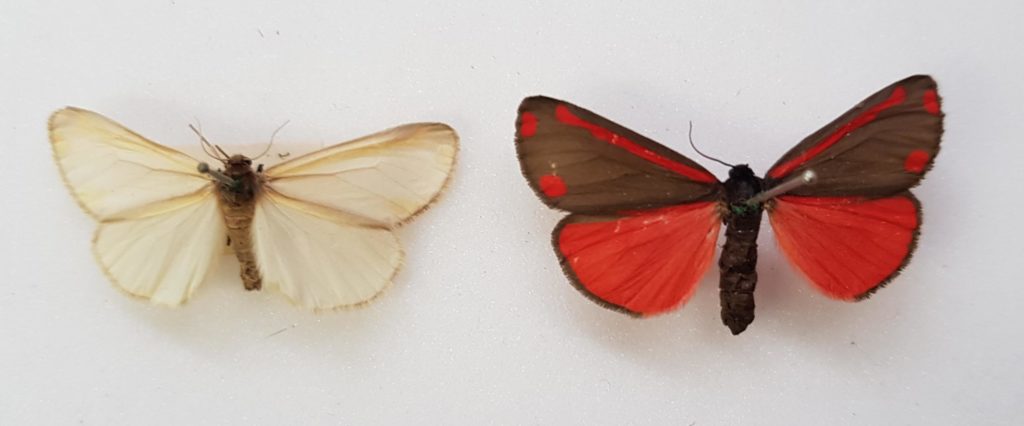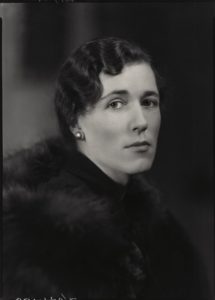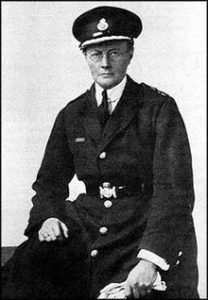
This is a legacy story from an earlier version of our website. It may contain some formatting issues and broken links.
Dame Catherine Cookson, DBE (1906 – 1998), the most popular and widely read British novelist of the twentieth century, had a life story good enough for the most outlandish of plots.
Born the illegitimate daughter of an alcoholic barmaid in the most poverty stricken part of the North East of England, leaving school to work in domestic service and then as a laundry-hand in a workhouse, by 1990 Dame Catherine had managed to become one of Britain’s richest women and the country’s best loved author of over 100 works of fiction.
Born in East Jarrow, Dame Catherine is usually claimed as a North Easterner. However she lived in Hastings for over 40 years and this is where she started her writing career, as a member of Hastings Writing Group.
After leaving school at thirteen and working as a maid, a cushion maker and a laundry sorter in a workhouse, Dame Catherine came first to Essex then, in 1929 to Hastings where she’d been offered a relatively well paid job managing the laundry in the Hastings workhouse. Determined to improve her lot she saved hard and bought a house which she later opened as a lodging house. In 1940 she married one of her lodgers, Tom Cookson, an Oxford graduate and Maths teacher at Hastings Grammar School. It was only after sadly losing four babies die to a rare blood disorder and struggling to overcome depression that she joined the town’s writing group in the hope that putting pen to paper would be therapeutic.
As a child Dame Catherine had been an avid reader and had even written a short story aged eleven, even though the local newspaper had declined to publish it. Her first novel to be published, written with the writing group’s support was ‘Kate Hannigan’ (1950). Its tale of a working class girl’s struggles as she becomes pregnant with a rich man’s baby enjoyed modest success.
 It wasn’t until 1967, however, with ‘Katie Mulholland’ that Dame Catherine’s career took off. Quickly pigeon-holed as a commercial writer of historical romances for women, Dame Catherine was rarely given serious approbation by critics but this didn’t hinder her growing faithful readership all over the world who were drawn to her strong women characters, born in deprived circumstances beset with obstacles to overcome. Often based in the past with a romantic framework, Dame Catherine’s novels explored themes such as unemployment, poverty, and class tensions. They were set amongst shipyards, mines, farms and in the rolling industrial and rural landscapes of the North East. The characters, particularly the women, were unpretentious and had struggles on their hands that readers could relate to.
It wasn’t until 1967, however, with ‘Katie Mulholland’ that Dame Catherine’s career took off. Quickly pigeon-holed as a commercial writer of historical romances for women, Dame Catherine was rarely given serious approbation by critics but this didn’t hinder her growing faithful readership all over the world who were drawn to her strong women characters, born in deprived circumstances beset with obstacles to overcome. Often based in the past with a romantic framework, Dame Catherine’s novels explored themes such as unemployment, poverty, and class tensions. They were set amongst shipyards, mines, farms and in the rolling industrial and rural landscapes of the North East. The characters, particularly the women, were unpretentious and had struggles on their hands that readers could relate to.
Dame Catherine’s research was meticulous and she once even went down a coal mine so she could emphasize with a character who had to do the same. It was a winning formula, and Dame Catherine’s success marched on unstoppably with a series of children’s books and magazine serials often written under the pseudonyms, Catherine Marchant and Kate McMullen.
Sadly Dame Catherine’s private life was often beset with poor health. In 1976 – the same year that she was awarded an OBE – she and her husband moved to the North East, settling first in Newcastle-upon-Tyne and later to Langley, a small village in Northumberland. A generous woman who was always aware of her poor start in life she used her considerable wealth to help others, donating hundreds of thousands of pounds to various charities, particularly those involved with medical research. She died just a few days before her 92nd birthday, having made a great contribution to literature and giving countless hours of reading enjoyment to her fans across the world.
Dame Catherine’s legacy continues to inspire. Between 1984 and 2000 she was the most borrowed author from British libraries. Many of her works have been adapted to films, stage musicals and TV dramas. Her foundation, the Catherine Cookson Trust continues to make donations to worthy causes in the UK, particularly those offering services to young people and cultural ventures.
Last year, in a fitting commemoration, the annual Hastings Literary Festival announced an annual Catherine Cookson lecture to celebrate the voices of working class women writers.
World Book Day is celebrated every year on 5 March and is a celebration of books, authors, illustrators and most importantly, reading. It is marked in over 100 countries around the world and is on a mission to give every child and young person a book of their own.
written by social historian, Louise Peskett

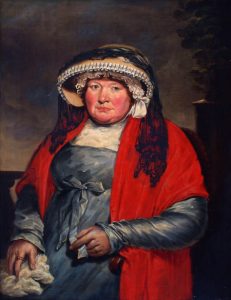




![Millie and Christine McKoy, undated, Charles Eisenmann, New York [Public domain]](https://brightonmuseums.org.uk/wp-content/uploads/2020/03/Millie-and-Christine-McKoy-undated-Charles-Eisenmann-New-York-Public-domain.jpeg)


